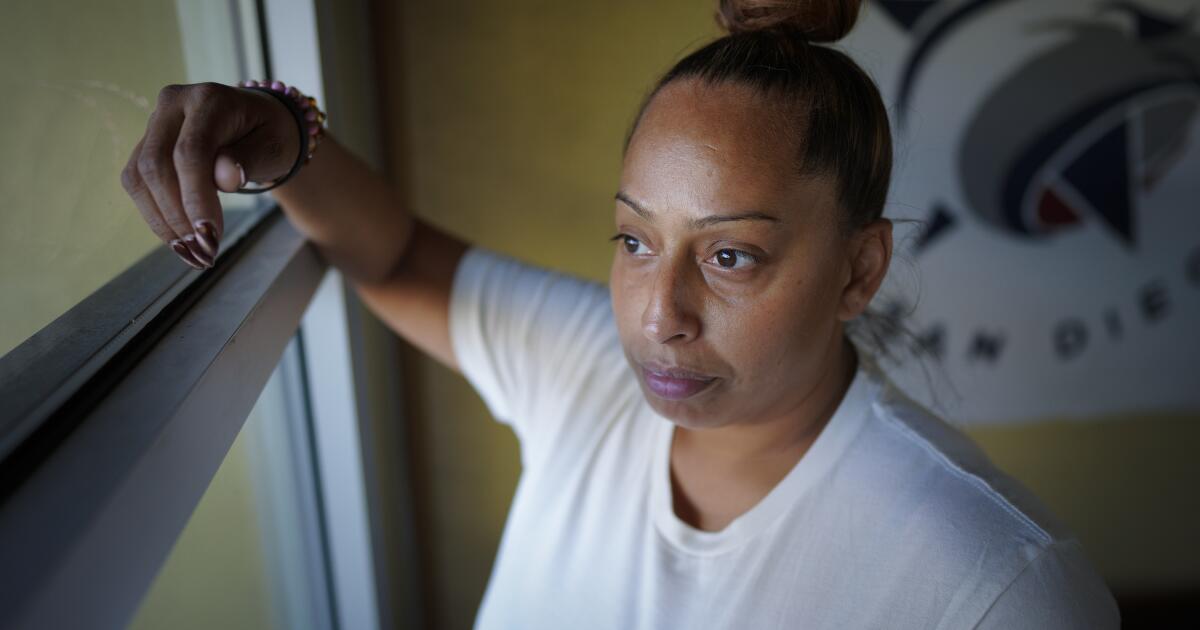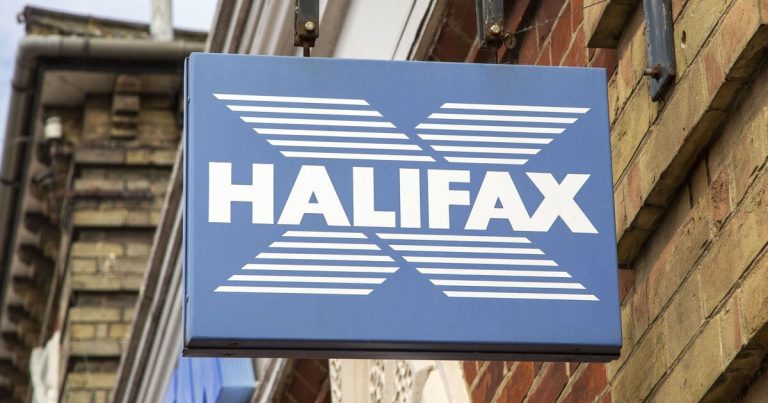

Last year, San Diego County had nearly 950 vouchers that help cover housing for homeless veterans.
Leaders have long cited that assistance as a crucial lifeline, especially amid a rise in the number of people living on local streets who served in the military.
Yet about 40 percent of those vouchers weren’t used, according to data obtained through a records request. A similar share went undistributed the year before.
That amounts to hundreds not reaching the people that need them.
In interviews, officials pledged to improve their participation in the Veterans Affairs Supportive Housing program, known as VASH, while acknowledging bottlenecks in the system.
“It’s like getting all the way to the goal line, but there’s no open door and you gotta go back to the beginning,” said Tamera Kohler, CEO of the Regional Task Force on Homelessness.
VASH vouchers come from the federal government, through the U.S. Department of Housing and Urban Development. Their distribution requires cooperation between two groups: A local government, which handles the rental assistance, and the nearby Veterans Affairs office, which checks whether people are eligible and offers supportive services like health care.
The vouchers have been credited with reducing the number of homeless veterans by half nationwide, and the picture in San Diego County is far better than it was a decade ago.
But more than 470 unsheltered veterans were still counted in January, the highest total since 2018. The number of all homeless veterans, including those in shelters, also rose, although it remains low compared to earlier periods.
This year, San Diego County’s Housing Authority had access to 949 vouchers.
During the first nine months, there were never more than 613 households using VASH, data show.
Officials hope that total will soon rise because of veterans with vouchers who were actively looking for a place to stay as of early October.
Regardless, several obstacles are at play.
County officials have publicly said the local VA needs to send more people their way. From July of last year through June, the county on average received fewer than 14 referrals a month, according to public data.
The VA did recently contract with the nonprofit People Assisting The Homeless, or PATH, to boost outreach efforts, and over the summer monthly referrals more than doubled, county spokesperson Tim McClain wrote in an email.
However, a representative of the VA San Diego Healthcare System said the main holdup wasn’t on their end.
The VA “has the staffing resources to meet the current needs,” Scott Gomer wrote in an email, and the homeless team “continues to increase the rate of referrals” every year.
The biggest problem was the region’s lack of affordable units, he said.
Having a voucher “does not guarantee housing will be obtained in a tight, competitive market where rental prices are rapidly escalating,” Gomer wrote.
Finding a place can take months, and VASH vouchers generally expire after 120 days. Plus, the trauma that can accompany military service combined with the realities of living in encampments sometimes bring other problems, like past arrests, that may make landlords hesitate, officials said.
Tracy Vaughan just got her voucher Thursday.
The 43-year-old immediately used a break at work — she’s an in-home caregiver for autistic adults — to start calling apartments.
“When you really want to move forward in life, VASH is there to help you get back on your feet,” said the Army veteran.
In the early 2000s, Vaughan said she was raped by multiple fellow soldiers. That led to alcoholism, methamphetamine use and homelessness.
Earlier this year, after being released from the Las Colinas Detention and Reentry Facility, Vaughan enrolled in a program with Veterans Village of San Diego. She currently lives at the nonprofit’s facility and hopes to soon find a permanent place, perhaps in the Chula Vista neighborhood of Eastlake.
At the same time, she knows her background could complicate the search.
“I am worried,” Vaughan said.
Gomer, from the VA, called on property owners to step up, and the county has a new program, Leave No Veteran Homeless, to boost cooperation with landlords.
In addition to the county, the local VA works with the city of Oceanside, the Imperial Valley Housing Authority and the San Diego Housing Commission.
The latter agency, which focuses on the city of San Diego, has been able to distribute larger shares of its vouchers.
One of the commission’s executive vice presidents, Azucena Valladolid, partially credited the financial incentives they offered landlords. (A similar program through the county does offer leasing bonuses, among other assistance.)
Gomer also said veterans have often been more willing to live in the city of San Diego, as opposed to elsewhere in the county, because of better access to transportation and the presence of more units that covered utilities, among other reasons.





